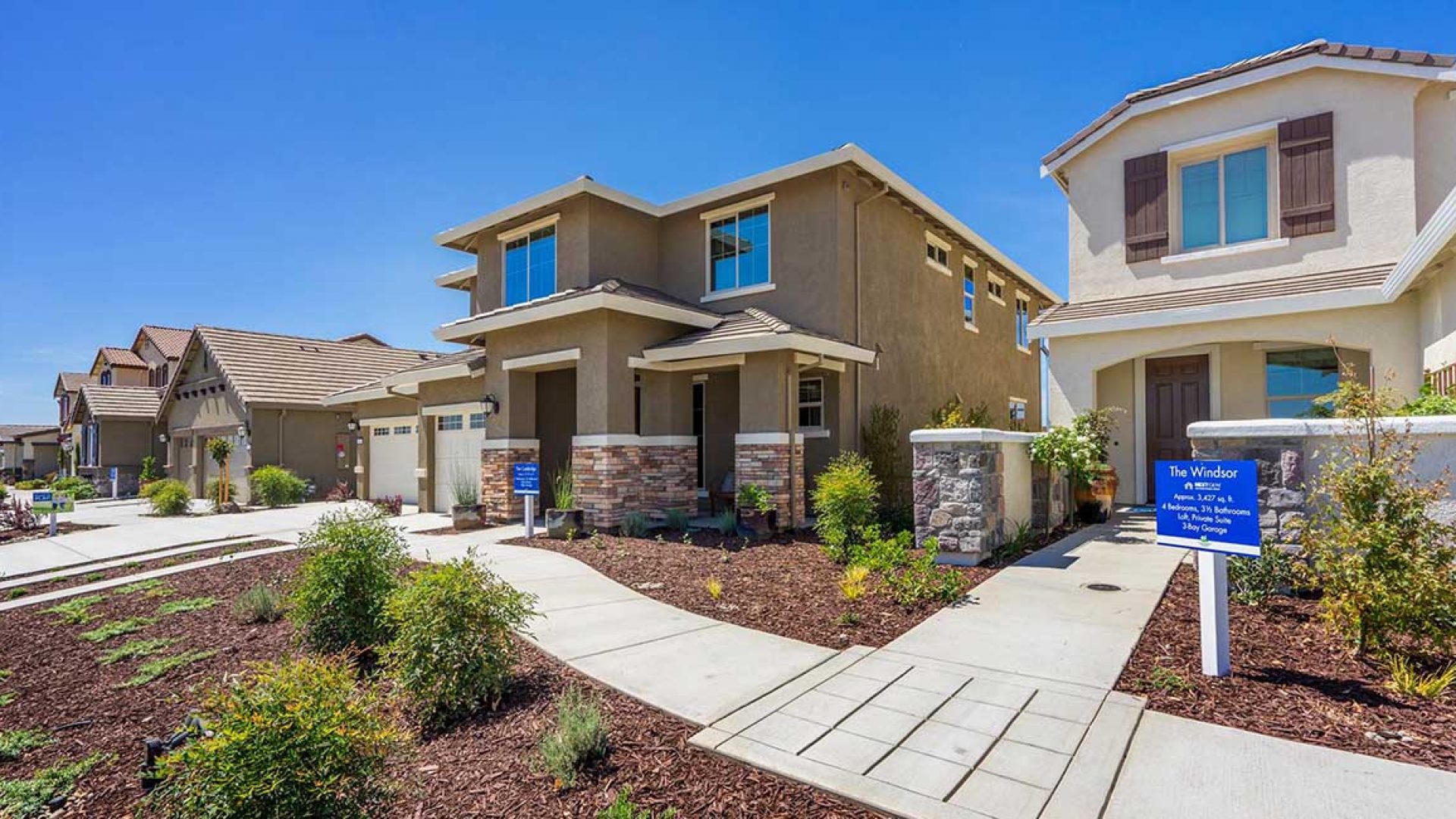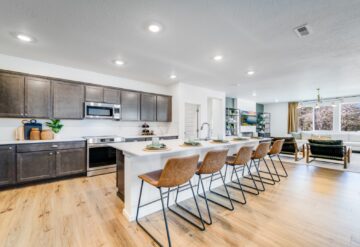As the New Year arrives, so do new trends and changes in the housing market. If you’re looking to buy a new home in 2017, stay up to date on these trends to know what to expect when you buy your home. This recent article by Rebecca Lake of Smart Asset, shares what might be in store for 2017.
1. Home Prices May Stabilize
Home prices have been on a steady incline in recent years. But that momentum may begin to slow down in 2017. Since the Federal Reserve just raised interest rates for the first time in a year, that could have a stabilizing effect on home prices. The National Association of Realtors estimates that price growth will slow to 3.9%, down from 4.9% in 2016.
For sellers, that may lead to a shrinking profit margin in previously hot local markets. Buyers, on the other hand, may be better positioned to snag a deal on a home in areas where prices have recently skyrocketed.
2. Demand for Housing Could Heat Up
According to the National Association of Realtors, we could see an uptick in the demand for properties in 2017. Specifically, the NAR is predicting that existing home sales will top 6 million in 2017, which is similar to forecasts from the Mortgage Bankers’ Association, Fannie Mae and Freddie Mac.
The increased push for housing may be driven in part by a growing number of millennials who are venturing into homeownership for the first time. In addition to purchasing single-family homes, younger buyers may buy condos as well.
3. More Millennial Buyers May Head to the Suburbs
While big cities are still popular among young adults, many millennials are interested in living in suburban areas. Research from Zillow shows that 47% of millennial homeowners have opted to buy houses in the suburbs, largely due to the lower cost of living that it entails. The amenities that many suburban areas offer are also appealing, even if it means that homeowners have a longer commute.
This trend could be good news for suburban homeowners who are planning to put their homes on the market in 2017. For buyers, the primary advantage of choosing the suburbs over the city is the ability to stretch their budgets. For example, $325,000 may buy you a three-bedroom home in the ‘burbs versus a one-bedroom studio in the city.




